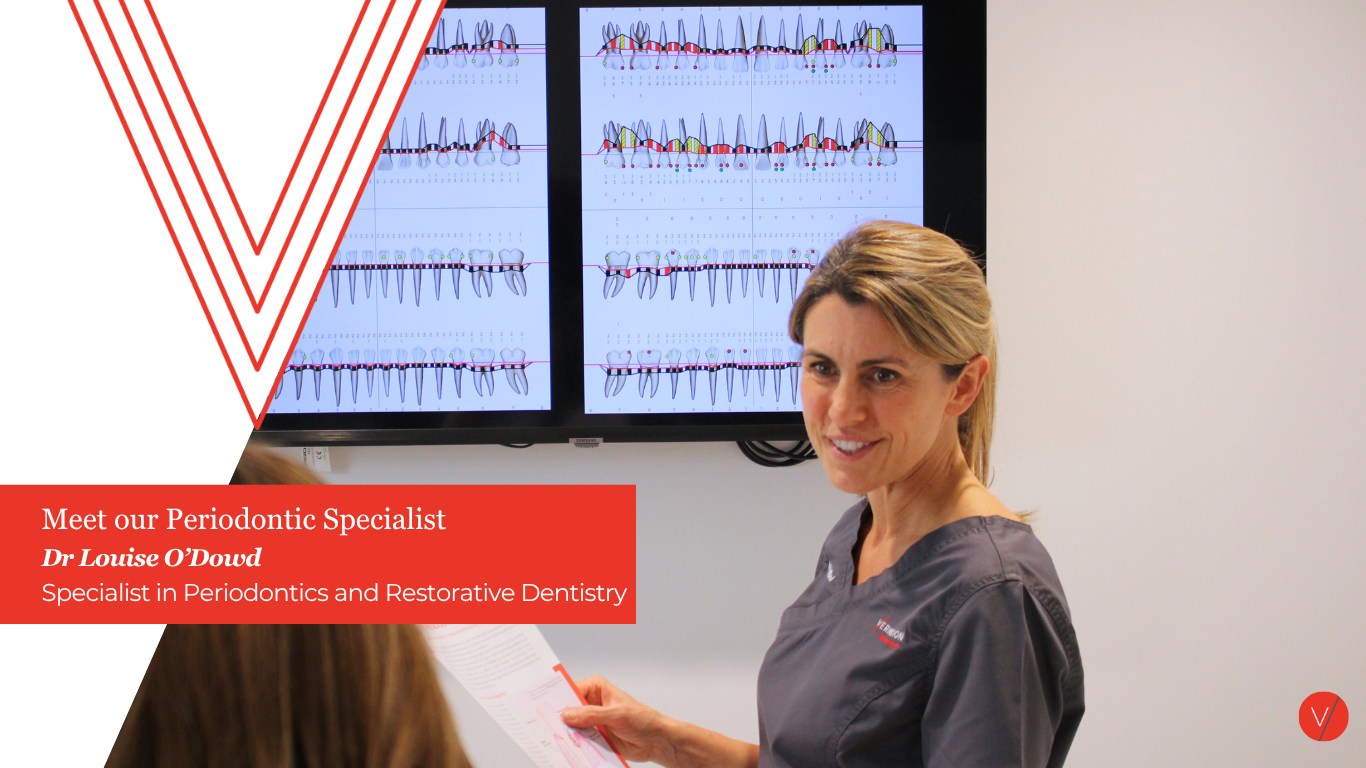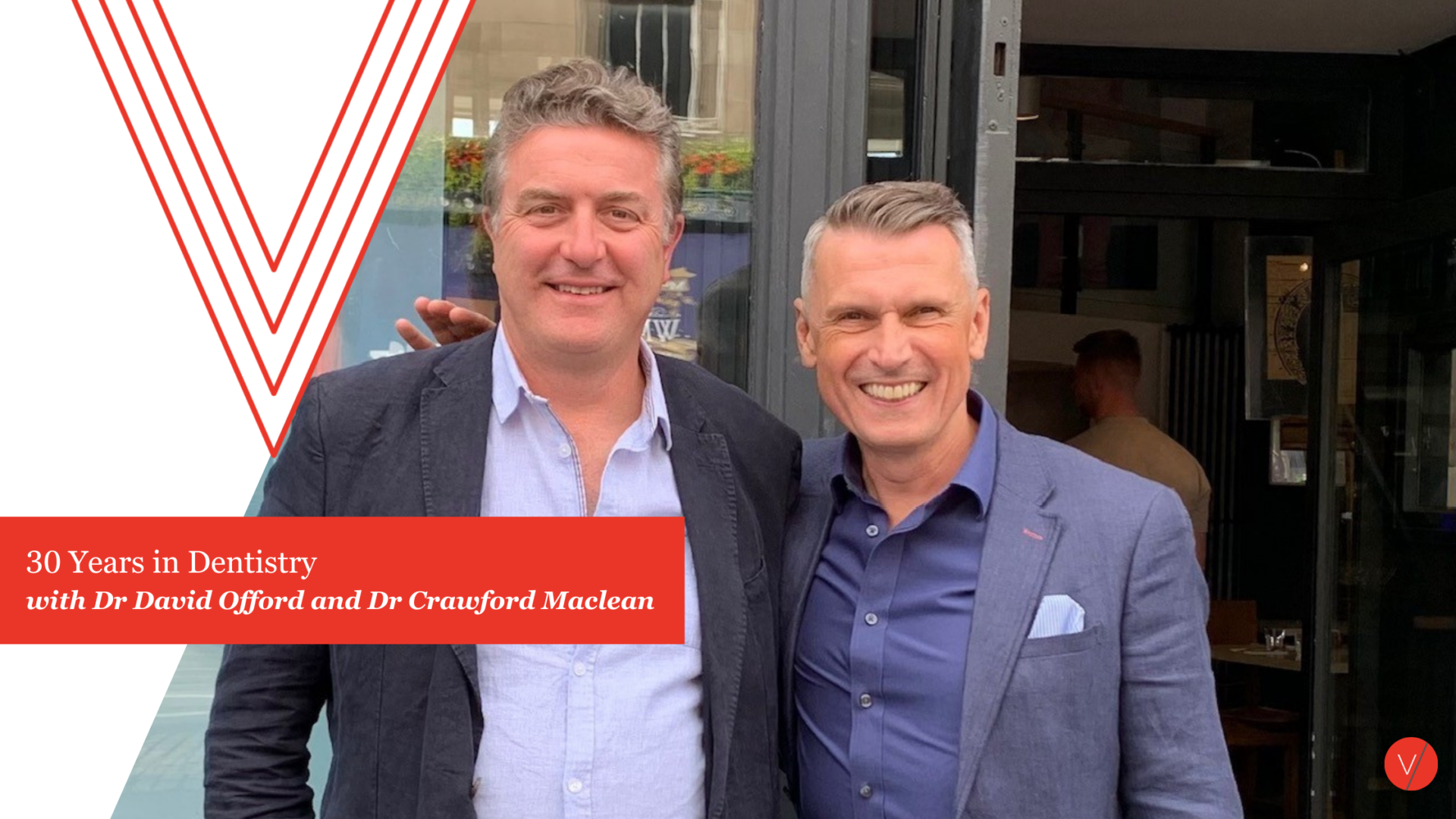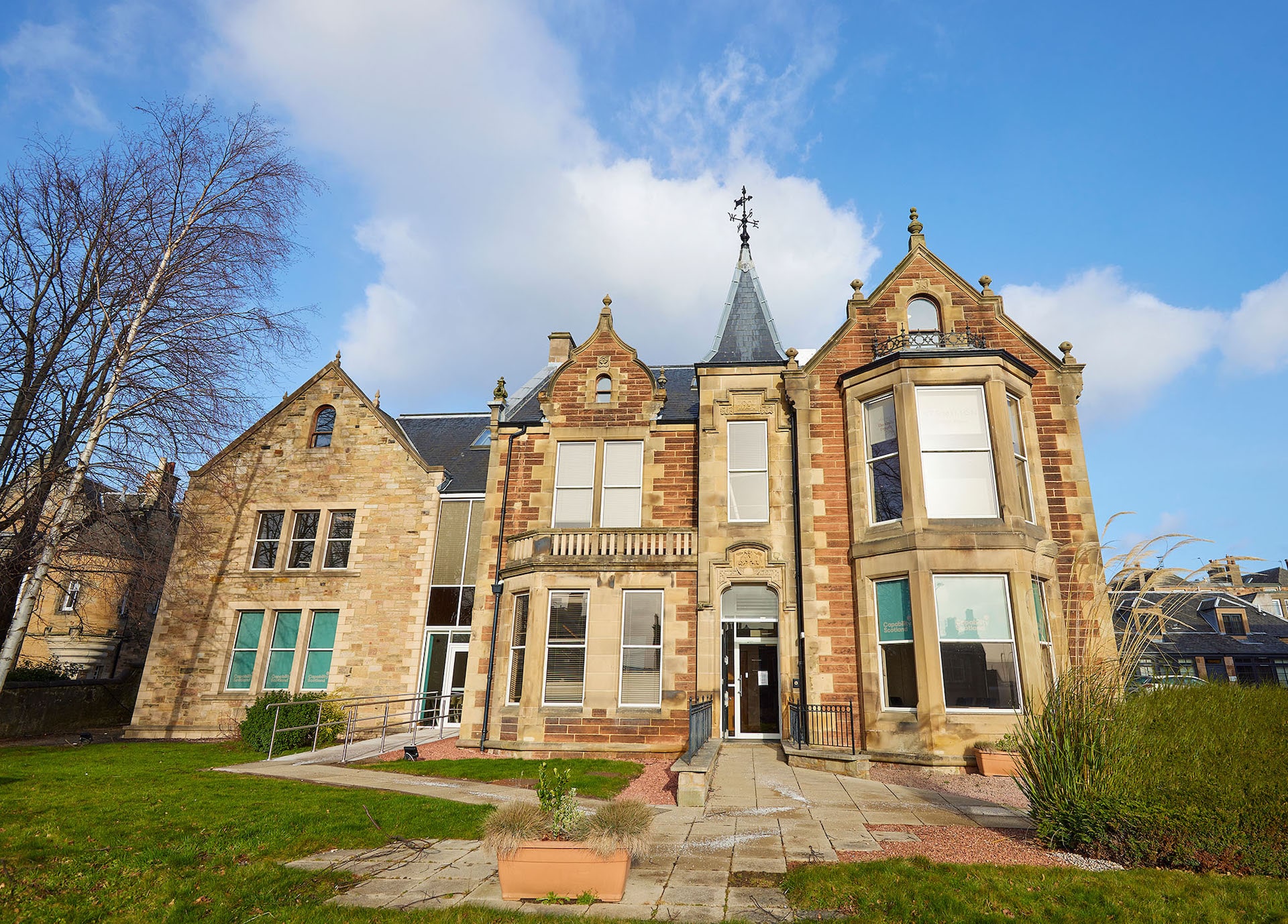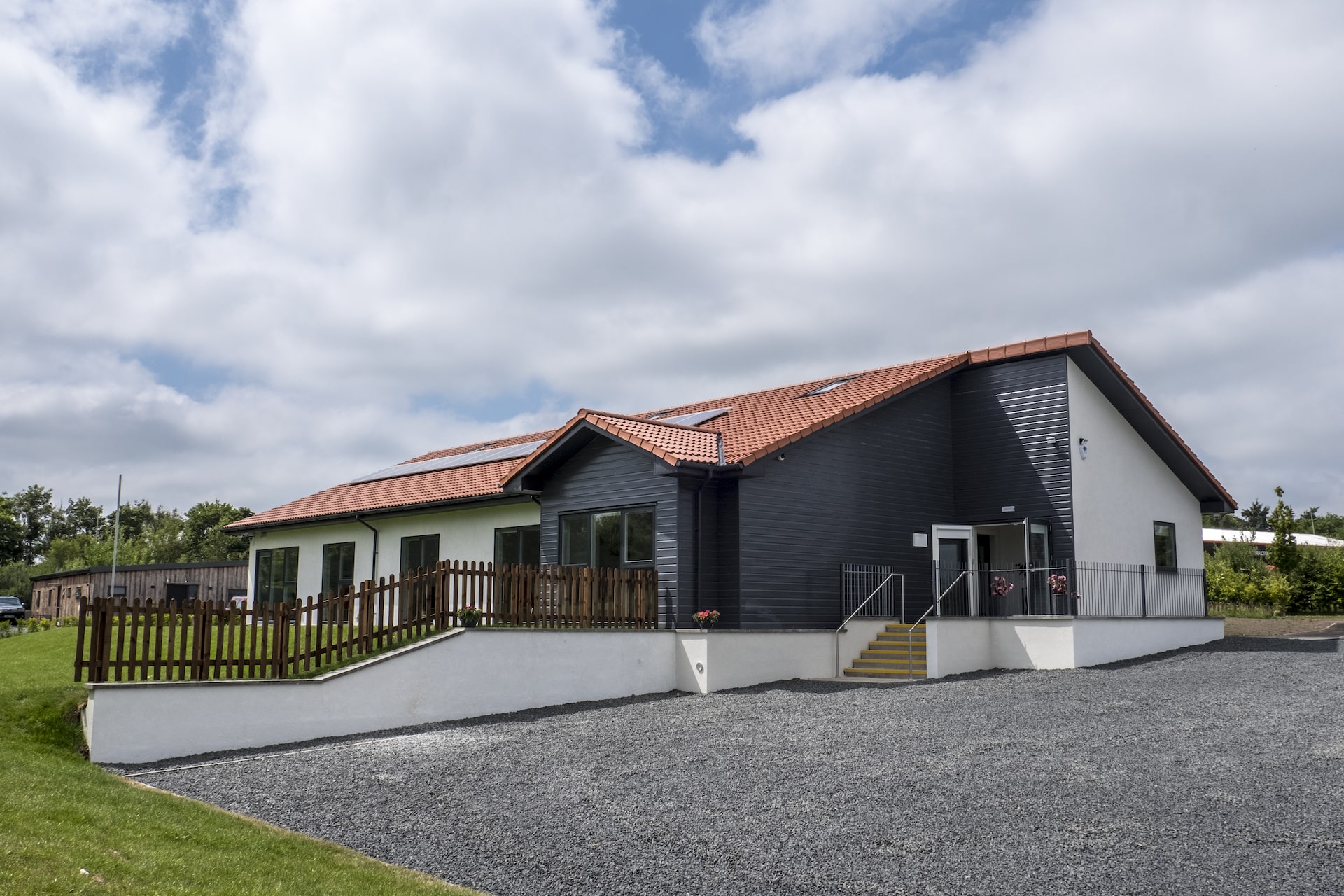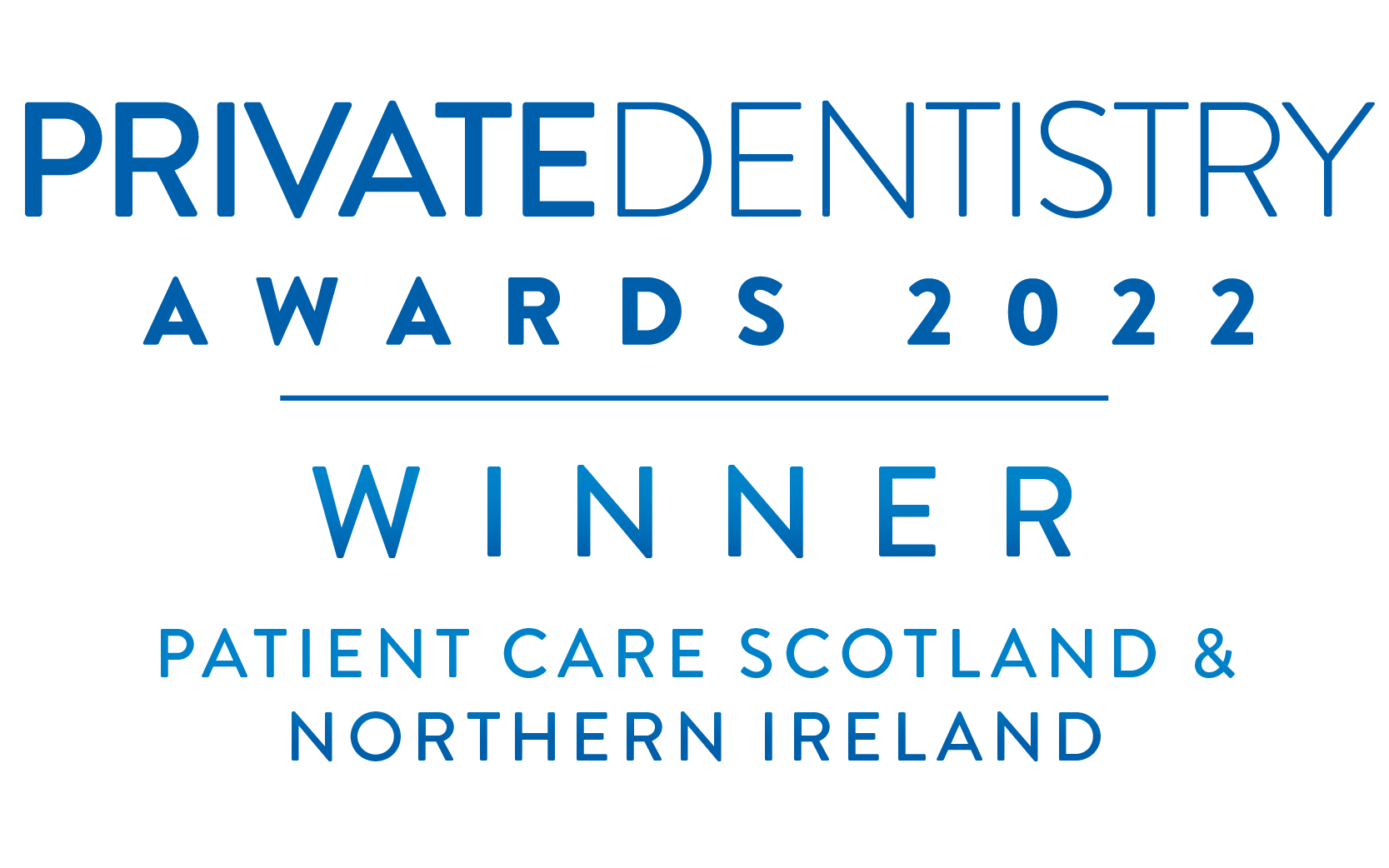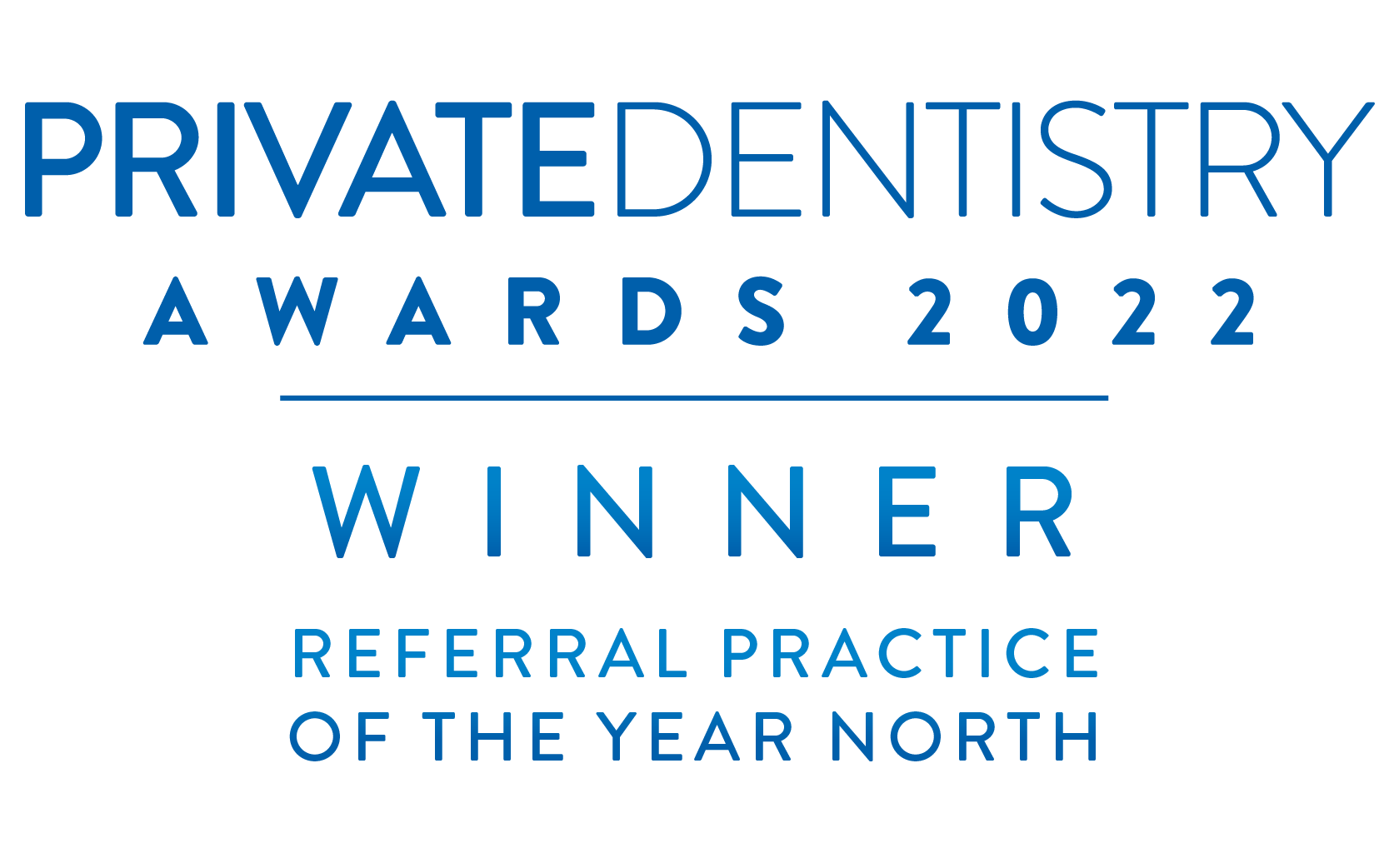An easier way to keep your mouth healthy
Following her attendance at the world’s first Guided Biofilm Summit, Vermilion’s Dental Hygienist, Michaela Zilinska reflects on the ever-improving method of cleaning patients’ teeth with Guided Biofilm Therapy.
What a time to be a dental hygienist!
For every clinician, making sure our patients are feeling comfortable during their treatment is one of the most important responsibilities. We are all aware that coming to a dentist is not typically what most patients would class as a “great experience”, but what if coming to see your dental hygienist could be just that? With the ongoing development and improvement in dentistry, dental techniques and the tools that we use, it is quickly becoming a very real possibility.
At Vermilion, we’ve introduced new protocols to optimise the patient experience during dental hygiene appointments. And, to ensure that we maintain this high-level of service, I recently attended a first World Summit of Guided Biofilm Therapy in London where I learned of the latest updates on the newly introduced protocols.
What is Guided Biofilm Therapy (GBT)?
Guided Biofilm Therapy or GBT is a protocol that delivers pain free professional removal of biofilm (plaque) and newly formed calculus. It’s been proven to be the most effective, predictable and gentle way of cleaning that ensures healthy gums and teeth.
Why do we need to remove biofilm?
Biofilm is a soft layer of highly organised bacteria on teeth which, if not removed from the tooth’s surface on a regular basis, can lead to gum disease and tooth decay. In recent studies (Winning & Linden, 2015), it has also been linked to many systemic diseases such as cardiovascular disease (Tonetti & Van Dyke, 2013), Alzheimer’s disease, diabetes (Chapel & Genco, 2013), respiratory diseases (Linden & Hersberg, 2013) and more.
How is GBT different to the conventional “scale and polish” method of biofilm removal?
If we want to remove biofilm effectively, we need to be able to see it.
At the beginning of your dental hygiene appointment and once we have assessed your teeth and the soft tissues in your mouth, your teeth are stained using Biofilm detection solution. This will highlight the biofilm/ plaque build-up on teeth in purple, and is a very helpful tool for hygienists to remove biofilms from all surfaces. It is also a great motivational tool for patients.
Unlike conventional methods of cleaning your teeth – hand scaling and polishing with abrasive paste – Airflow does not damage the surface of teeth or restorations. Combining powder and water pressure, this method of cleaning your teeth is pain free, and is safe to use on your teeth, gums, restorations (fillings / crowns), implants and the tongue. It will leave your teeth smooth, plaque and stain free.
Conventional polishing with brush and paste, on the other hand, only removes about 50% of the biofilm and spreads it into natural pits in enamel.
After you have had your teeth assessed, your biofilm disclosed and your dental hygienist has demonstrated the most effective tools for you to clean your teeth with, the Airflow will be used to remove the biofilm on your teeth.
After Airflow, it may be necessary to use an ultrasonic scaler to remove hard build ups on teeth. However, this only needs to be used on teeth where deposits are still present and, with regular visits, the use of ultrasonic scaler may be needed less often.
At Vermilion, we are always trying to keep up-to-date with the latest innovations in all aspects of dental and patient care. As a dental hygienist, I am excited about what the future in dental hygiene holds.

